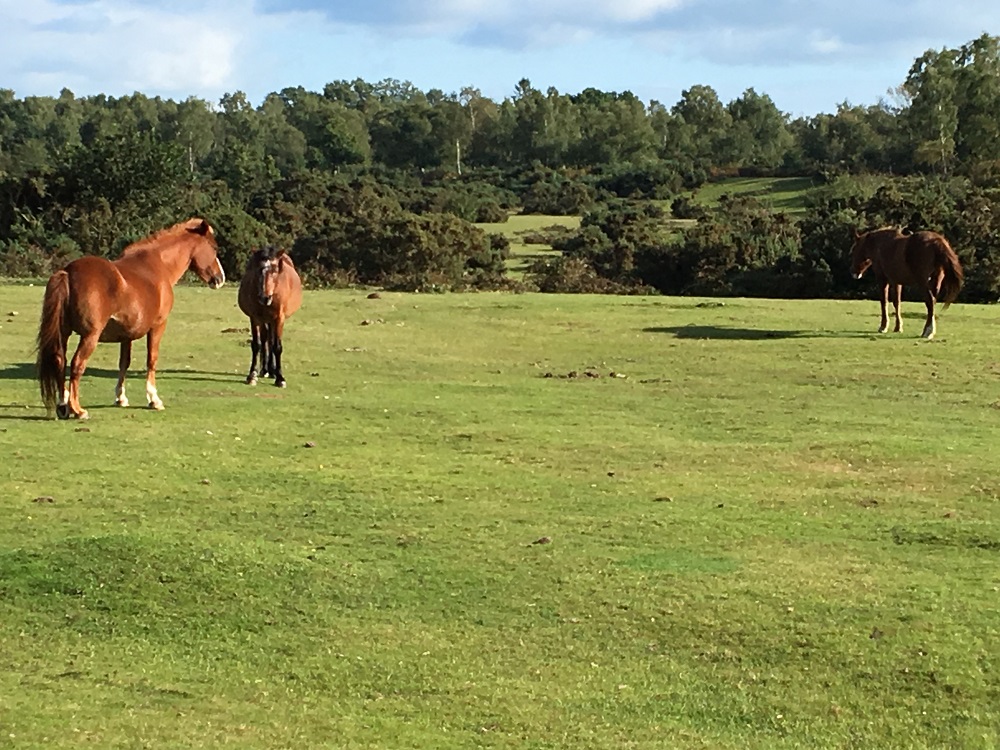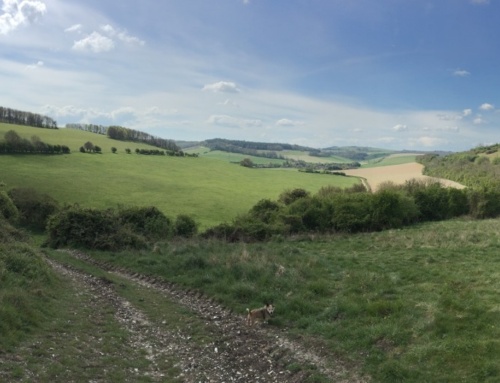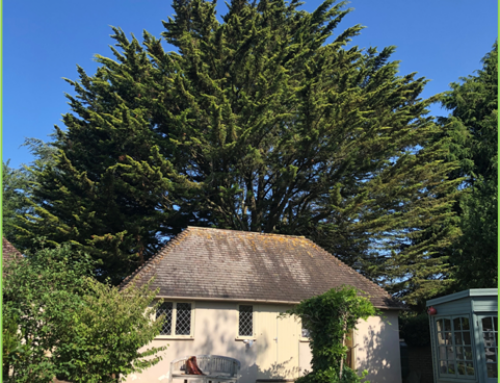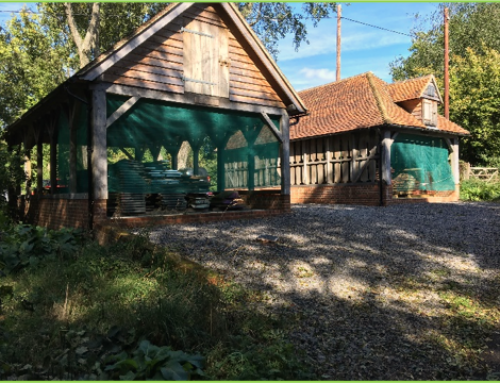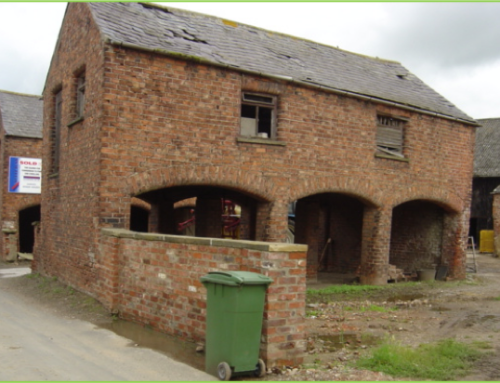The concept of Green Belt in England was introduced around London in 1938 and extended to other cities from 1955. 15 towns and cities now have a green belt policy to prevent urban sprawl. They are: Newcastle Upon Tyne, York, Leeds, Manchester, Sheffield, Liverpool, Nottingham, Stoke on Trent, Birmingham & Coventry, Cambridge, London, Oxford, Bristol & Bath and Bournemouth. They cover about 13% of the area of England totalling. You can check the actual area on the Green Belt map.

The Green Belts have five purposes:
• to check the unrestricted sprawl of large built-up areas
• to prevent neighbouring towns merging into one another
• to assist in safeguarding the countryside from encroachment
• to preserve the setting and special character of historic towns
• to assist in urban regeneration, by encouraging the recycling of derelict and other urban land
Unlike National Parks or Areas of Outstanding Natural Beauty, the landscape quality of the Green Belt is not a factor in its designation.
Local authorities should plan positively to enhance the beneficial use of the Green Belt, such as looking for opportunities to provide access, outdoor sports & recreation; to retain and enhance landscapes and biodiversity; or to improve damaged and derelict land.
Helping people understand and create value in real estate
Generally new buildings are deemed to be inappropriate in the Green Belt. However, there are exceptions. These are:
• Buildings for agriculture & forestry.
• Facilities for outdoor sport, recreation and for cemeteries.
• Extension or alterations to existing buildings.
• Replacement of existing buildings.
• Limited infilling in villages and limited affordable housing.
• Limited infilling or redevelopment of previously developed sites (brownfield land), whether redundant or still used.
Other development may also be appropriate in the Green Belt, such as mineral extraction, engineering operations, transport infrastructure, the re-use of buildings of substantial and permanent construction and development under a Community Right to Build Order.
If you have a business, forestry or agricultural development that you would like to explore the feasibility of in the Green Belt please feel free to call Skinner Holden Property Advisors to discuss your requirements.
iainskinner@skinnerholden.co.uk
07827 394720

